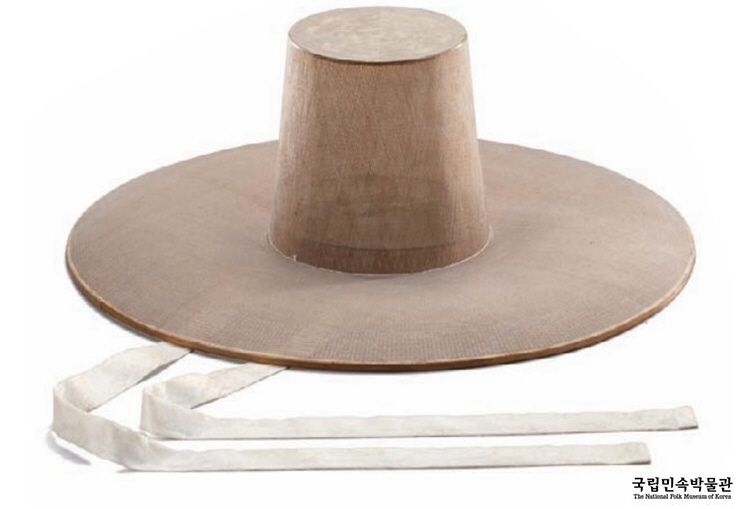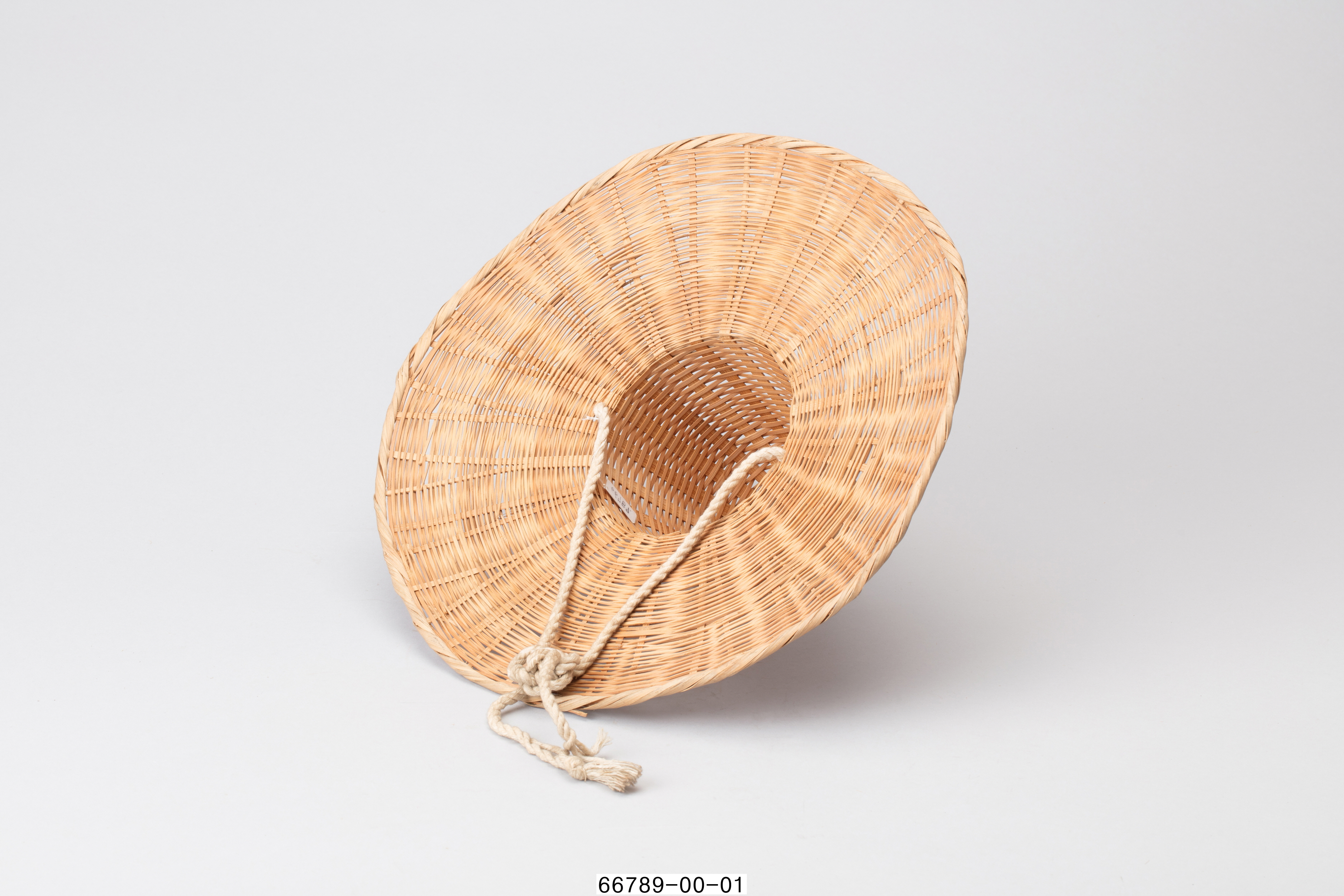Gat (hat) on:
[Wikipedia]
[Google]
[Amazon]
A ''gat'' ( ) is a


 A white ''gat'' () was worn during times of national mourning. It is crafted in the same manner as a black ''gat'' but from '' sambe'' (hemp), consistent with traditional Korean hempen mourning garb.
A white ''gat'' () was worn during times of national mourning. It is crafted in the same manner as a black ''gat'' but from '' sambe'' (hemp), consistent with traditional Korean hempen mourning garb.
 A red ''gat'' () was worn by military officers of Joseon. Its color comes from red lacquer.
Commoners wore a variant called ''paeraengi'' () which was woven from split bamboo.
A red ''gat'' () was worn by military officers of Joseon. Its color comes from red lacquer.
Commoners wore a variant called ''paeraengi'' () which was woven from split bamboo.


Korea-History-Goban Game in Seoul Korea 1904 (LOC).jpg
A Korean man in a traditional robe and boots, wearing a horse hair and bamboo hat (5953657611).jpg
Koreans oldest pic 3.jpg
Koreans oldest pic group.jpg
Азия (Крубер, Григорьев, Барков, Чефранов, 1900) page57.jpg
Korea Hanbok Fashion Show 26 (8422277859).jpg
2021 (홍천기) Lovers Of The Red Sky (공명) Gong Myun (2).jpg
2021 (홍천기) Lovers Of The Red Sky (안효섭) Ahn Hyo-seop (3).jpg
Korea China Japan Arts Concert 08.jpg
Korea Chuseok 46logo (8046067193).jpg
Korea Chuseok 47logo (8046073224).jpg
''Gat, Traditional Headgear in Korea'' by the National Research Institute of Cultural Heritage
"Master Artisan of Horsehair Hat Making"
"Gat, Encyclopeida of Korean Culture"
{{Hats Hats Korean headgear
Korea
Korea ( ko, 한국, or , ) is a peninsular region in East Asia. Since 1945, it has been divided at or near the 38th parallel, with North Korea (Democratic People's Republic of Korea) comprising its northern half and South Korea (Republic o ...
n traditional hat
A hat is a head covering which is worn for various reasons, including protection against weather conditions, ceremonial reasons such as university graduation, religious reasons, safety, or as a fashion accessory. Hats which incorporate mecha ...
worn by men along with ''hanbok
The (; term used in South Korea), also called ()
n North Korea and China, is an umbrella term which is used to refer to traditional ethnic Korean clothes, including the traditional clothing of the (Korean Chinese), an officially recognized ...
'' (Korean traditional clothing) during the Joseon period
Joseon (; ; Middle Korean: 됴ᇢ〯션〮 Dyǒw syéon or 됴ᇢ〯션〯 Dyǒw syěon), officially the Great Joseon (; ), was the last dynastic kingdom of Korea, lasting just over 500 years. It was founded by Yi Seong-gye in July 1392 and re ...
. It is made from horsehair
Horsehair is the long hair growing on the manes and tails of horses. It is used for various purposes, including upholstery, brushes, the bows of musical instruments, a hard-wearing fabric called haircloth, and for horsehair plaster, a wallc ...
with a bamboo
Bamboos are a diverse group of evergreen perennial flowering plants making up the subfamily Bambusoideae of the grass family Poaceae. Giant bamboos are the largest members of the grass family. The origin of the word "bamboo" is uncertain, ...
frame and is partly transparent.
Most ''gat'' are cylindrical in shape with a wide brim on a bamboo frame. Before the late 19th century, only noble class men could wear ''gat'', which represented their social status and protected their topknots ().
Artisans who make ''gat'' are called ''ganniljang'' (), from ''gannil'' (, a compound of two words ''gat'' and ''il'' (work); "''gat'' making") + ''jang'' ( "artisan, craftsperson, master of a craft"). As ''gannil'' requires artisanship throughout a complex series of techniques involving an array of materials, it has been designated as Intangible Cultural Property No. 4 on December 24, 1964.
History
The origins of ''gat'' date back to ancient times. Usually, the following hats are considered to be the first specimens of what is known as gat today: the so-called ''iphyeong baekhwa pimo'' () from ''Geumnyeongchong'' (), an ancientSilla
Silla or Shilla (57 BCE – 935 CE) ( , Old Korean: Syera, Old Japanese: Siraki2) was a Korean kingdom located on the southern and central parts of the Korean Peninsula. Silla, along with Baekje and Goguryeo, formed the Three Kingdoms ...
tomb located in Gyeongju, and the pan-shaped gat which is distinct from ordinary hats in pattern and shape and is depicted on the murals of the ''Gamsinchong''(), an ancient Goguryeo
Goguryeo (37 BC–668 AD) ( ) also called Goryeo (), was a Korean kingdom located in the northern and central parts of the Korean Peninsula and the southern and central parts of Northeast China. At its peak of power, Goguryeo controlled mos ...
tomb. Even in the modern era, the hat was worn commonly by elders and rural peoples until the late 20th century.

Colors and types
Colors and types of ''gat'' were differentiated by circumstances and/or social status. During theJoseon period
Joseon (; ; Middle Korean: 됴ᇢ〯션〮 Dyǒw syéon or 됴ᇢ〯션〯 Dyǒw syěon), officially the Great Joseon (; ), was the last dynastic kingdom of Korea, lasting just over 500 years. It was founded by Yi Seong-gye in July 1392 and re ...
, black ''gat'' () were restricted to men who had passed the ''gwageo
The ''gwageo'' or ''kwago'' were the national civil service examinations under the Goryeo and Joseon dynasties of Korea. Typically quite demanding, these tests measured candidates' ability of writing composition and knowledge of the Chinese clas ...
'', or civil service examinations. In narrow definition, the term ''gat'' refers to the ''heungnip''.

 A white ''gat'' () was worn during times of national mourning. It is crafted in the same manner as a black ''gat'' but from '' sambe'' (hemp), consistent with traditional Korean hempen mourning garb.
A white ''gat'' () was worn during times of national mourning. It is crafted in the same manner as a black ''gat'' but from '' sambe'' (hemp), consistent with traditional Korean hempen mourning garb.
 A red ''gat'' () was worn by military officers of Joseon. Its color comes from red lacquer.
Commoners wore a variant called ''paeraengi'' () which was woven from split bamboo.
A red ''gat'' () was worn by military officers of Joseon. Its color comes from red lacquer.
Commoners wore a variant called ''paeraengi'' () which was woven from split bamboo.


Presence in cultural industry
In the South Korean TV series ''Kingdom'' from 2019, ''gat'' is worn by the actors to represent each character's social class.See also
*Culture of Korea
The traditional culture of Korea is the shared cultural and historical heritage of Korea and southern Manchuria before the division of Korea in 1945. Manchuria refers to the ancient geographical and historical region in Northeast Asia, includ ...
* Damao (hat)
Notes
External links
''Gat, Traditional Headgear in Korea'' by the National Research Institute of Cultural Heritage
"Master Artisan of Horsehair Hat Making"
"Gat, Encyclopeida of Korean Culture"
{{Hats Hats Korean headgear